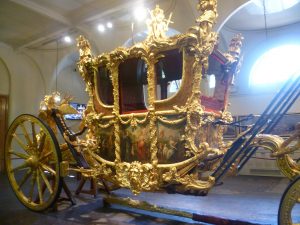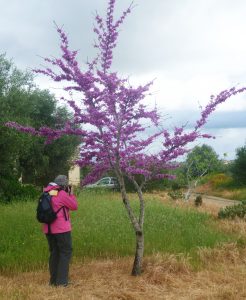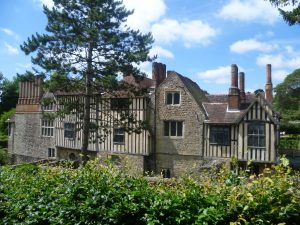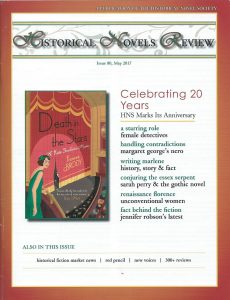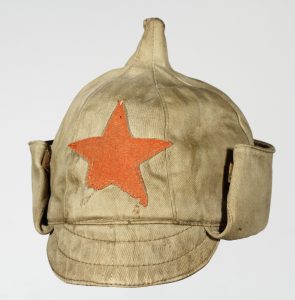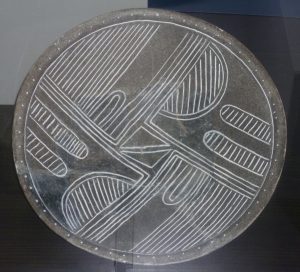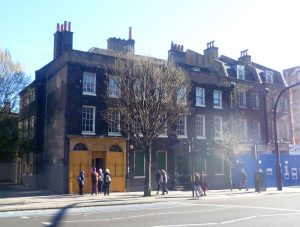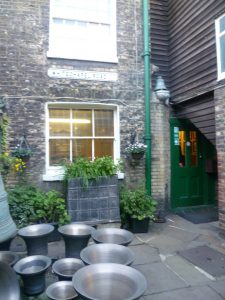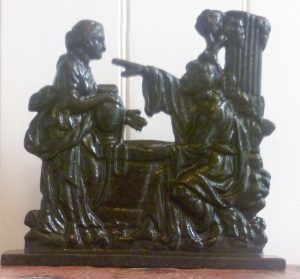Lambeth Palace, situated on the south bank of the Thames, more or less opposite Westminster Abbey, has been the official London residence of the Archbishop of Canterbury for over 500 years. Its garden is one of the oldest in the country, though it has, of course, undergone numerous transformations as times and garden fashions changed. The garden is open to the public on the first Friday of the month from April to September. And I’ve just been to the last open day of 2017.
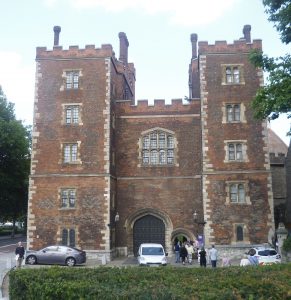
The Gatehouse, Morton’s Tower, c.1495. This is the imposing entrance – you can see people queuing
Continue reading Lambeth Palace Garden
Please share this page...

